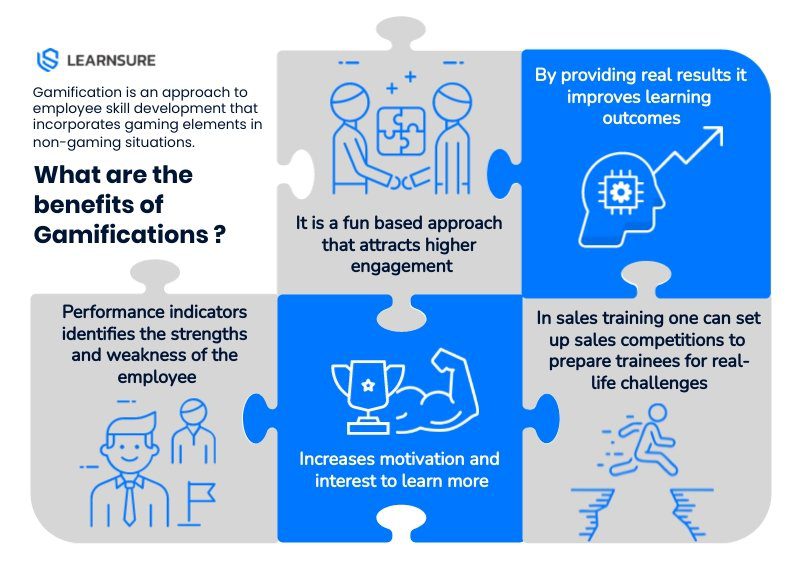Virtual reality (VR) has transformed the gaming industry. VR games require a unique approach to design and development, with designers and developers working closely together to create a functional and immersive game that provides users with a realistic and exciting experience. The Unity engine is a popular tool for VR game design, providing a range of tools for building virtual worlds that can be integrated with VR technology. Challenges include motion sickness and high hardware requirements, but as technology advances, the future of VR game design looks bright, with new opportunities in industries like education and virtual tourism.
Virtual Reality and Game Design: A Match Made in Gaming Heaven
Virtual reality has taken the gaming industry by storm in recent years, and for good reason. This technology allows gamers to immerse themselves fully in a game’s world, giving them a more realistic and thrilling experience that is unmatched by traditional gameplay. However, the creation of virtual reality games is not a simple process. It requires a unique set of skills and expertise, and those involved in game design must work closely with VR developers to make virtual reality games a reality.
The Process of VR Game Design
Creating a virtual reality game requires a different approach to game design than non-VR games. The designers and developers must work together to ensure that the game is functional, intuitive, and immersive. This process usually starts with a concept that is built upon to create a game that has an interactive storyline, captivating visuals, and sound design.
Once the concept is established, the game design team starts creating the game’s structure. This includes everything from the game mechanics to the characters and environments. The designers create a virtual world that has to be believable and realistic while providing a level of user interaction that makes the gameplay engaging.
The next stage is for the VR developers to start working on the technical aspects of the game. Programming is used to integrate the gameplay with the VR technology and ensure that the user experience is optimized. This is followed by rigorous testing to ensure that there are no glitches or issues with the game.
Unity Engine: The Go-To Tool for VR Game Design
One of the most popular game development tools for VR games is the Unity engine. This game engine provides designers and developers with a wide range of tools for building virtual reality games. It has a large community of developers who share tips, tricks, and resources, making it an excellent resource for creating VR games.
Unity allows developers to create a virtual world that can easily be navigated and interacted with. The engine provides support for virtual reality headsets, making it easy to integrate with VR technology. It also has 3D modeling tools that help designers create realistic environments and characters.
Challenges of Creating VR Games
Creating virtual reality games is not without its challenges. One of the biggest hurdles that creators face is the issue of motion sickness. VR games can make users feel as though they are physically in the game, which can lead to motion sickness or nausea. This means that game designers need to find ways to create smooth and immersive gameplay that does not induce discomfort in players.
Another challenge is the high hardware requirements for VR games. VR games require high-end hardware like gaming PCs and virtual reality headsets, making them expensive to produce and difficult for casual gamers to access.
The Future of VR Game Design
Despite these challenges, the future of VR game design looks bright. As technology advances, the barrier to entry for virtual reality gaming is lowering, and more people are beginning to experience the thrill of immersive gameplay. Developers are also finding new ways to create more comfortable, intuitive, and engaging gameplay that is less prone to motion sickness.
The use of virtual reality in gaming has also opened up new opportunities for developers. The creation of virtual environments that simulate real-world events, experiences, and interactions opens up doors in industries like education or virtual tourism.
Conclusion
Virtual reality and game design are a match made in gaming heaven, and the growing popularity of VR shows that many people share this perspective. Creating a virtual world that is functional, immersive, and believable requires a unique set of skills and expertise. With tools like the Unity engine, developers can create games that transport players to new worlds and provide hours of immersive gameplay. Despite the hurdles to VR game design, the future looks bright for this exciting and revolutionary form of gaming.
